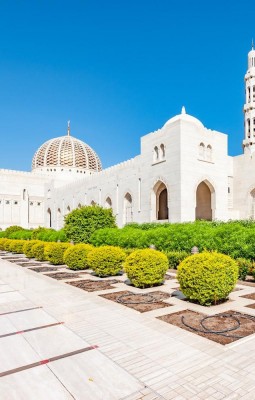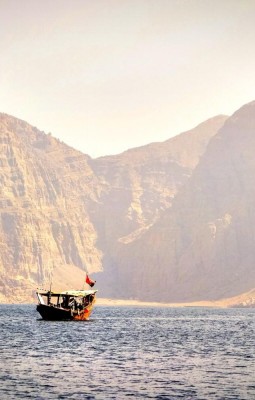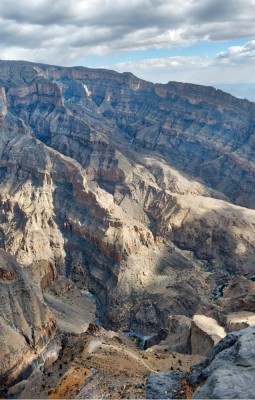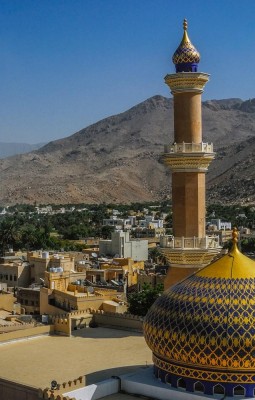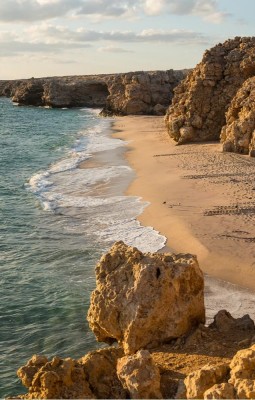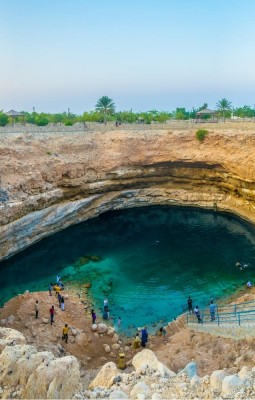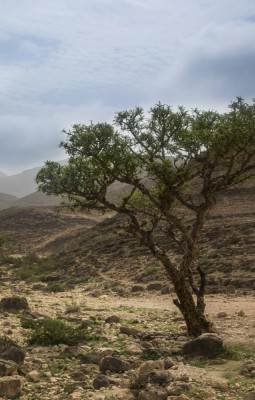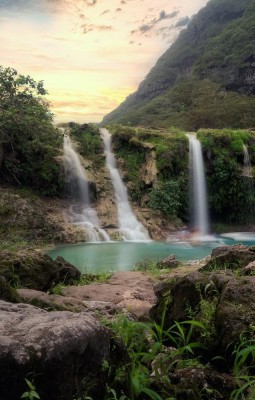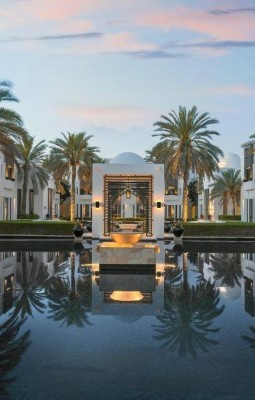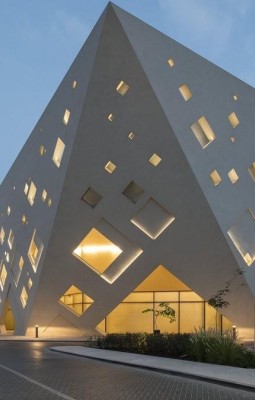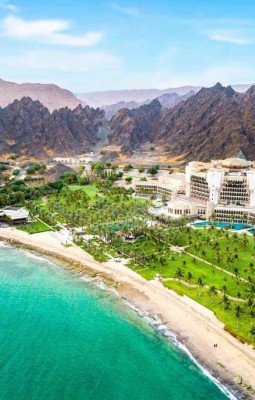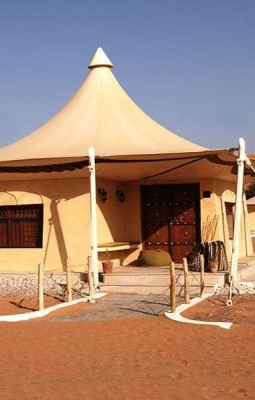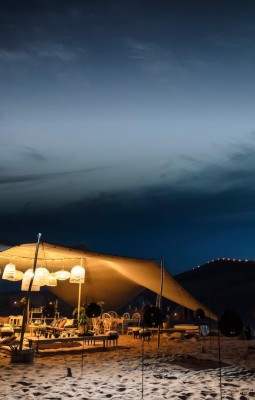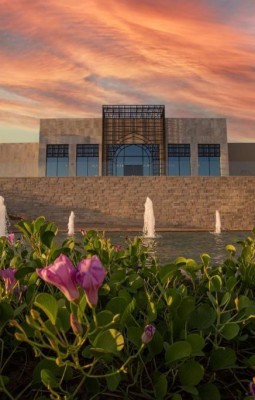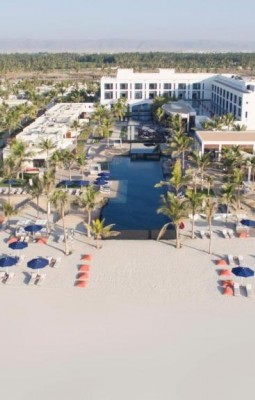Oman
Oman’s history dates back to 5000 BC, before the Islamic times, when the Dhofar region was the heart of the frankincense trade. In 1507, the Portuguese invaded the country to protect their sea-routes to India. They colonized the coastal cities of Oman and had control over them for around 150 years until the local Omani tribes drove them out.
The Busaid dynasty has been the ruling family of Oman since the mid-18th century. In 1938, Sultan Said bin Taimur gained control of Oman but, due to his beliefs and conservative ways, Said was against change and segregated Oman from the world, which affected the country’s economy tremendously. In 1970, Said’s son Quaboos captured the throne, and this is the crucial point when Oman began a rapid economic development. The country now encourages tourism, and travelers come from afar to enjoy Omani hospitality and the untouched landscapes.
Oman is considered a hidden jewel of the Arabian Peninsula, being a beautiful combination of timeless heritage and modern life. Part of the unique charm of the Sultanate is the hospitality of the Omanese people. Visitors looking for a unique holiday experience will discover that Oman has a lot to offer, hiking, diving, fishing, kitesurfing, and caving being just some of the activities. From high mountains and deep gorges to water-filled wadis, endless beaches and some of the most amazing desert landscapes in the world, the diverse beauty of Oman is evident in every part of the country.
Even when summer temperatures rise in the rest of the regions, the sultanate enjoys lower temperatures in Dhofar and on the tops of the Al Hajar mountains, being a unique holiday destination.
Let’s discover together atypical tourist attractions in Oman, in a surprising tailor made journey!







